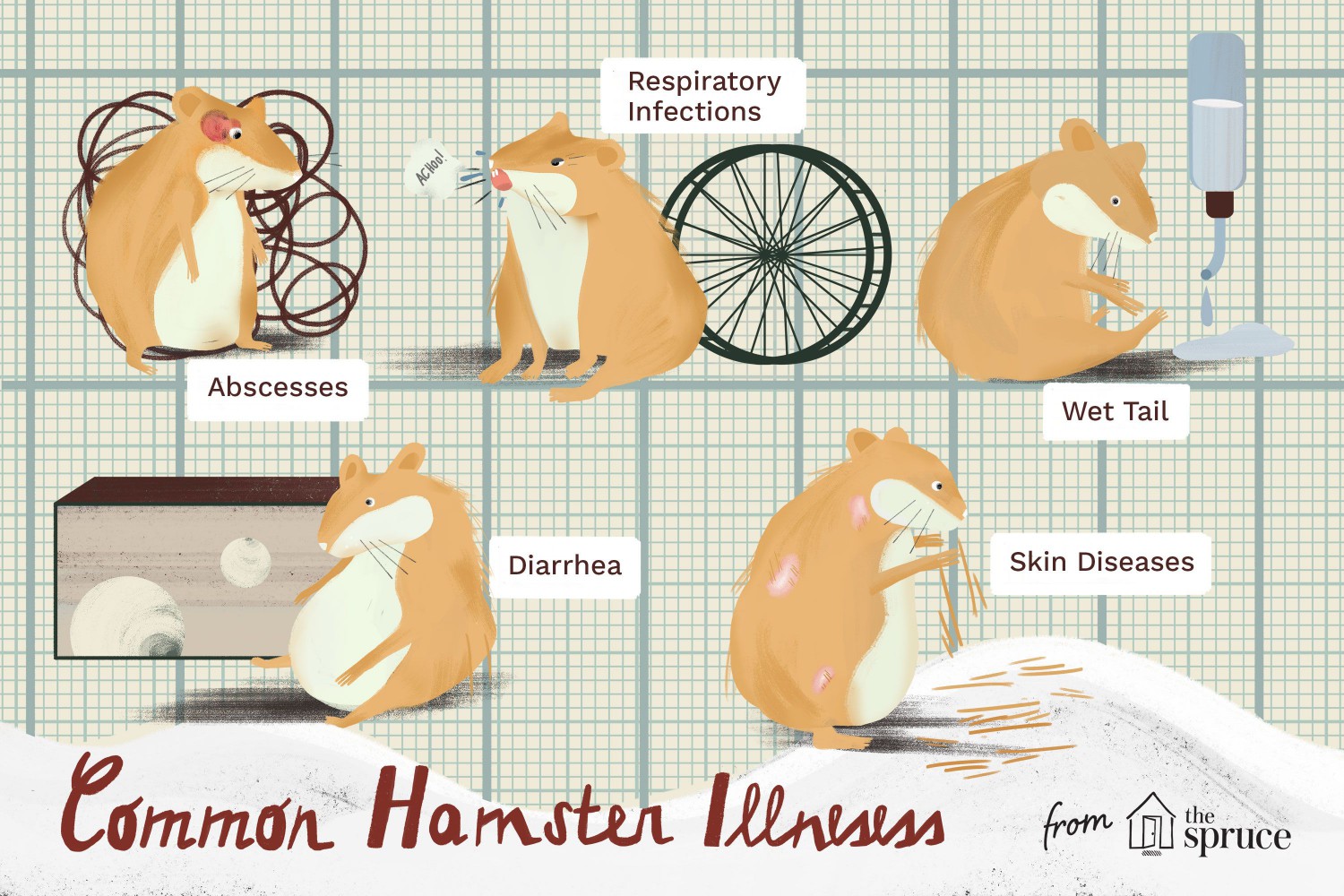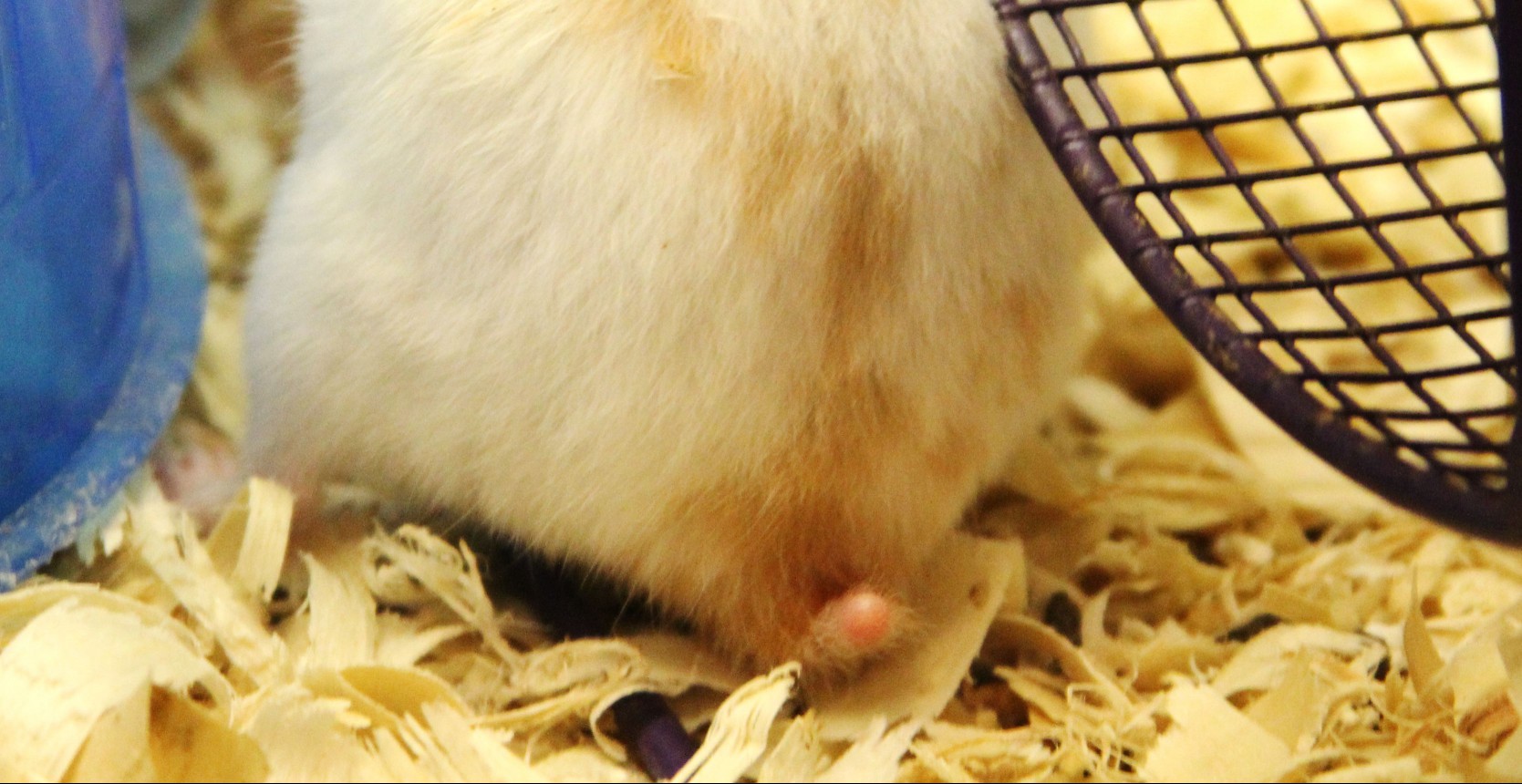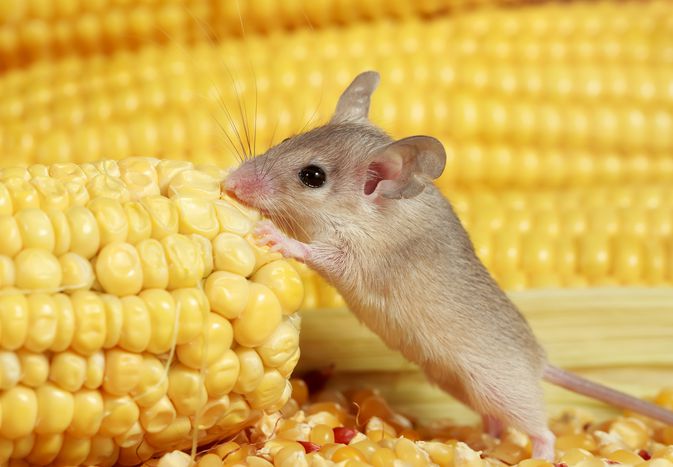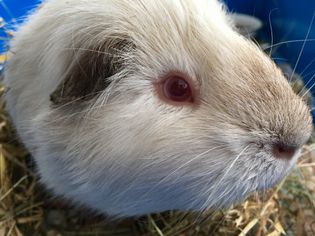Hamster Health and Diseases
Hamsters are fairly hardy pets, but they are so small that when injuries and illnesses occur things can become serious quickly. It's helpful to know the most common signs of illness so you can jump on the problem as rapidly as possible. Often it's possible to address an illness or injury before it becomes life-threatening.
Most Common Signs of Illness or Injury
Hamsters typically show one or more of these signs if they are coping with illness or injury.
- Loss of appetite
- Inactivity
- Huddling in a corner
- Ruffled or unkempt coat
- Sneezing, wheezing, and/or discharge from the nose or eyes
- Wetness around the tail
- Diarrhea
- Hair loss (often a sign of parasites or allergies)
If a hamster is ill or injured, keep them warm and encourage them to take some food or water (by dropper if necessary) until a vet can be seen.

The Spruce / Michela Buttignol
Hamster Abscesses
Abscesses are pockets of infection that can form from fairly minor breaks in the skin. Pus accumulates under the skin, sometimes forming a sizable lump that may sometimes begin draining on its own. Abscesses can form from cuts or scratches on the skin and also in the cheek pouches if abrasive food material causes scratches in the lining of the mouth. If a hamster continually looks like it has food packed in its cheek pouches, there may be an abscess or an impacted cheek pouch present. Abscesses require veterinary attention for draining, flushing, and treatment with antibiotics.
Hamster Respiratory Infections
Hamsters can get respiratory infections that can lead to pneumonia. Signs of a respiratory infection include sneezing, discharge from the eyes or nose, wheezing, and labored breathing. Occasional sneezing is not too worrisome, but if there is any loss of appetite, decreased activity, wheezing, or difficulties with breathing, immediate veterinary attention should be sought.
Warning
Drafts and sudden temperature changes can put your hamster at risk for developing a respiratory infection and some types of bedding (such as cedar and pine) can irritate the respiratory tract leading to an infection as well.
Wet Tail in Hamsters
Also called proliferative ileitis, wet tail is a highly contagious disease and is most common in recently weaned hamsters. The cause is sometimes uncertain, but bacteria may be involved and in some cases, the disease is associated with stress, crowding, and dietary changes. Affected hamsters may die very quickly, exhibiting signs such as diarrhea (causing wetness around the tail), lethargy, loss of appetite, and a ruffled coat. Not all hamsters with diarrhea have wet tail, but if your hamster has any of these symptoms, you should seek veterinary care.

Diarrhea in Hamsters
A number of infections can cause diarrhea including, but not limited to, wet tail, dietary changes, intestinal parasites, and treatment with antibiotics. Overfeeding vegetables and other fresh foods is a fairly common cause of diarrhea but, in this case, there is usually no loss of appetite or decrease in activity. Dehydration is a real concern anytime your hamster has diarrhea so make sure they are still drinking their water if it occurs. With diarrhea, withhold fresh foods for a few days and resume offering them only if the diarrhea is completely resolved. Then start back onto fresh foods slowly so that your hamster can slowly adjust to the dietary change. If lethargy or a lack of water intake occurs alongside diarrhea you should seek veterinary care.
Skin Diseases in Hamsters
Hamsters can be infested with a number of skin and fur mites that can be diagnosed from a skin scraping that your vet performs. Ringworm, a type of fungal infection, allergic dermatitis, and skin infections can also occur on the skin and require treatment by a vet.
Hair loss is not all that unusual and can be seasonal or happen in older hamsters. But if there is flakiness, redness, or any lesions on the skin, or the hamster appears to be scratching more than usual, a vet should be seen. Hamsters do have scent glands on their flanks which can be dark and sometimes alarm owners. These occur on both sides of the body and should not appear irritated or bother the hamster. Cedar bedding can also cause skin irritation so it should be avoided.
Antibiotic Use in Hamsters
Several antibiotics can cause fatal toxicity in hamsters due to how their gastrointestinal tract works.
Warning
Penicillin, amoxicillin, ampicillin, streptomycin, dihydrostreptomycin, tetracyclines, lincomycin, erythromycin, vancomycin, cephalosporins, and gentamycin are all types of antibiotics that should be avoided in hamsters.
Explore Dogs

What Do Mice Eat?
A lot of people associate mice with eating cheese, but we know that for optimal health, their diet ...
Read More
Diarrhea in Ferrets
Ferrets, just like other pets, are unfortunately prone to several ailments, and diarrhea is a commo...
Read More
How to Care for a Himalayan Guinea Pig
Guinea pigs are very popular pets. Not only do they make great family pets because they are the per...
Read More
Why Syrian Hamsters Live Together in Pet Stores but Not at Your Home
Syrian hamsters are solitary animals and should always be kept with one hamster per cage, yet it se...
Read More
What Should You Do If Your Hamster Has Babies?
A baby hamster surprise birth isn’t uncommon with hamsters since they are often incorrectly sexed...
Read More
How Long Do Pet Rabbits Live?
Rabbits are very popular pets, and their lifespans have lengthened over the years thanks in part to...
Read More
A Guide to Lop-Eared Rabbits and Care
Lop-eared rabbits are easily recognizable due to their large, floppy ears. The American Rabbit Bree...
Read More
How to Travel With a Rabbit in a Car
Your rabbit may be happier staying with a pet sitter at home rather than coming along for a ro...
Read More
Seizures in Rabbits
Like humans and other pets, rabbits can have seizures—periods of involuntary physical movement us...
Read More